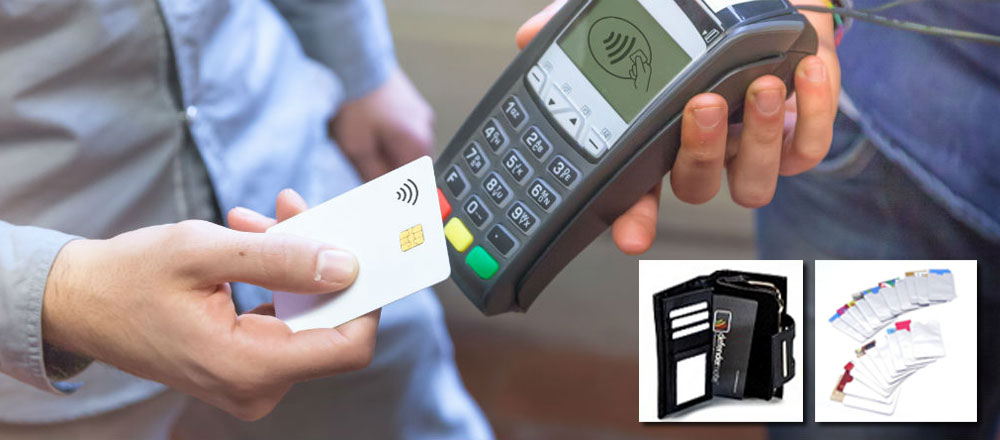RFID embedded cards use radio frequencies to transmit data. These cards have been in use in Europe for many years but are just coming into use in the world. The idea is that consumers should be able to use these cards at stores and restaurants to pay for purchases without having to swipe the card through a scanner. Many people remain concerned, however, that the RFID technology may also allow thieves to use scanners to intercept the radio waves and steal the card's information. While technology has made significant security improvements in the past few years, some concerns still exist.
If you are looking for a new credit card you will no doubt come across the new wave of credit cards that are rolling out globally with the latest “wave & go” technology inside. What you need to be aware of with this technology, or Radio-Frequency Identification (RFID), is that the RFID technology can be compromised by criminals using the very same technology that the institutions are rolling out.
RFID enabled Credit Cards - Get protection from RFID by its nature, is the process of transmitting a signal wirelessly via a RFID reader to a RFID enabled device such as your credit cards and debit cards that are RFID ready.
Purchase an RFID shield wallet or sleeve for credit cards. There are several commercial products available that claim to block RFID scanners from obtaining your personal information.These may be individual sleeves for your RFID cards or wallets that are lined with material to block scanners.


Purchase an RFID jamming card or device. Some companies have developed a device about the size of a credit card that sends out its own RFID signal that will disrupt scanners trying to get your credit card information.
Make a foil shield. This is the “low-tech” way to go, but it’s cheap and easy. Cut two pieces of paper or cardboard into the size of a credit card, wrap each piece with aluminum foil, and carry them in your wallet around your credit cards. The aluminum will disrupt most electronic signals.






